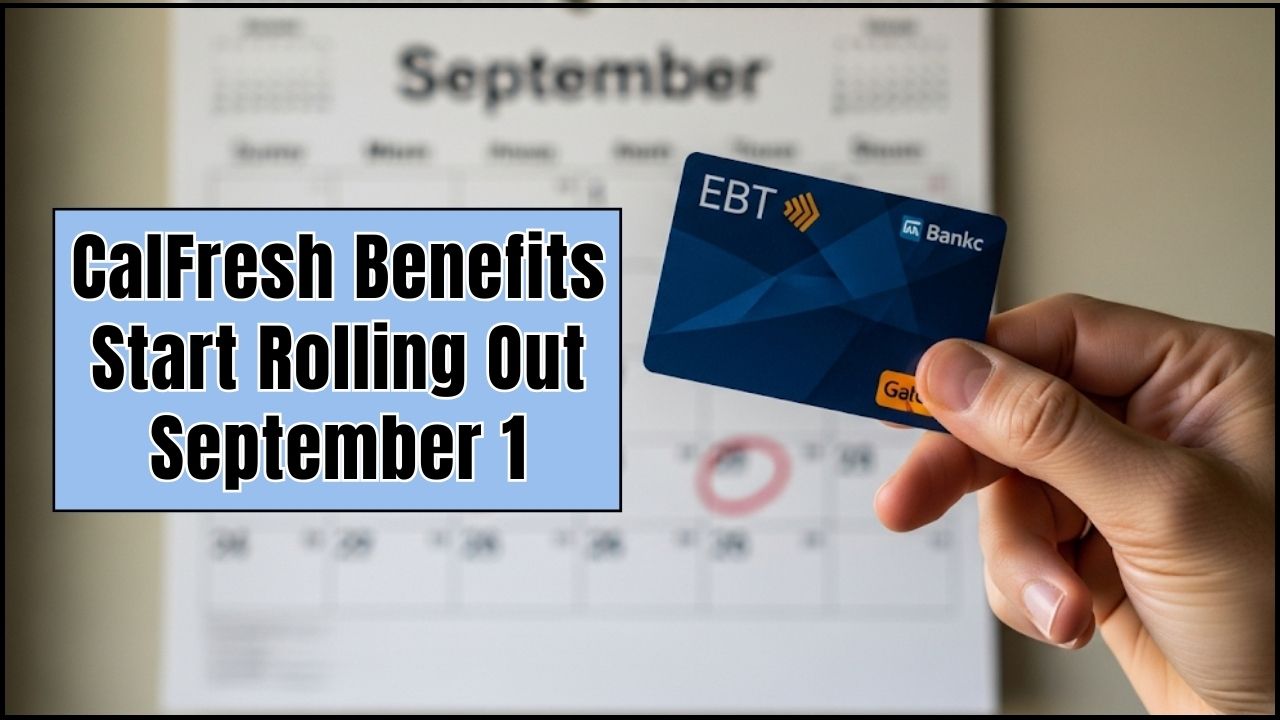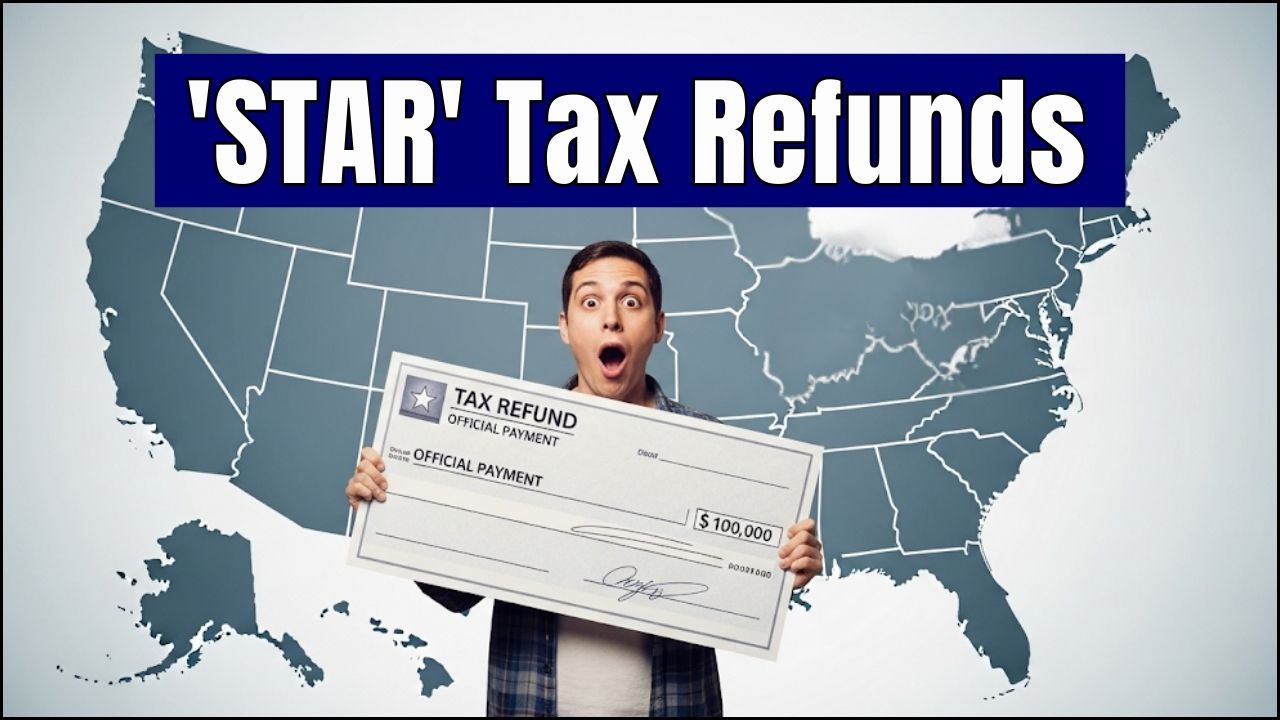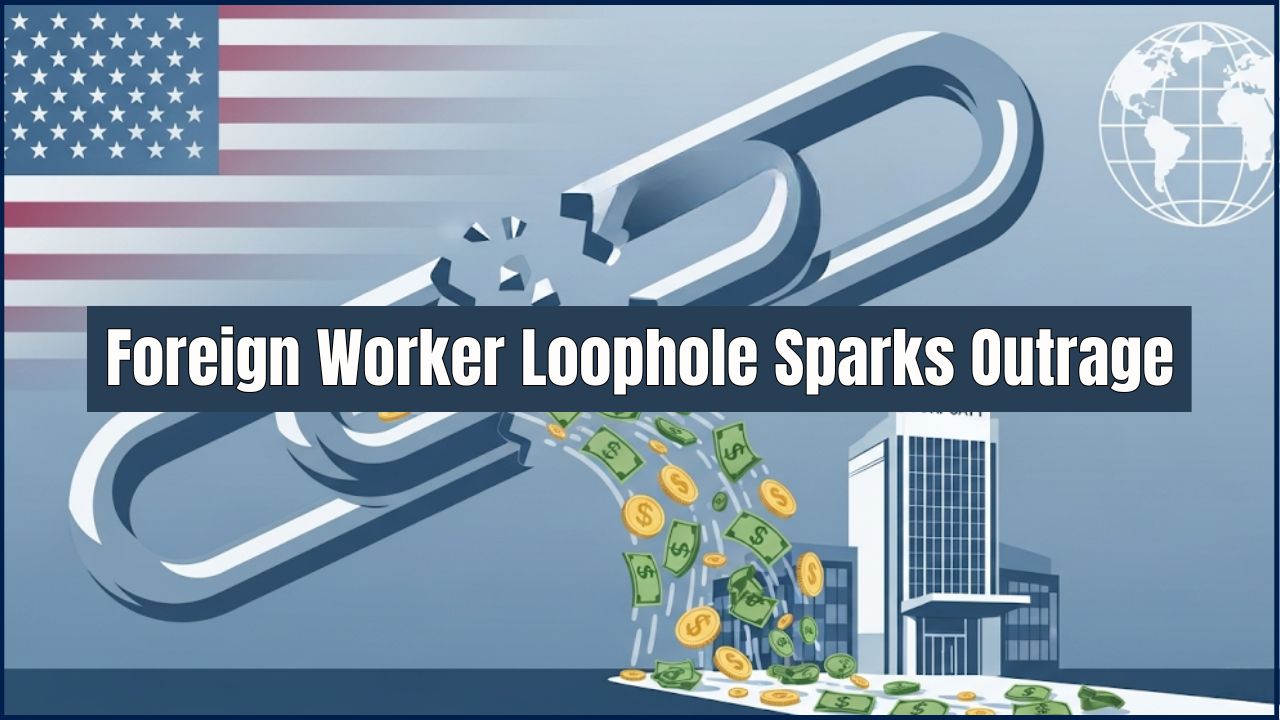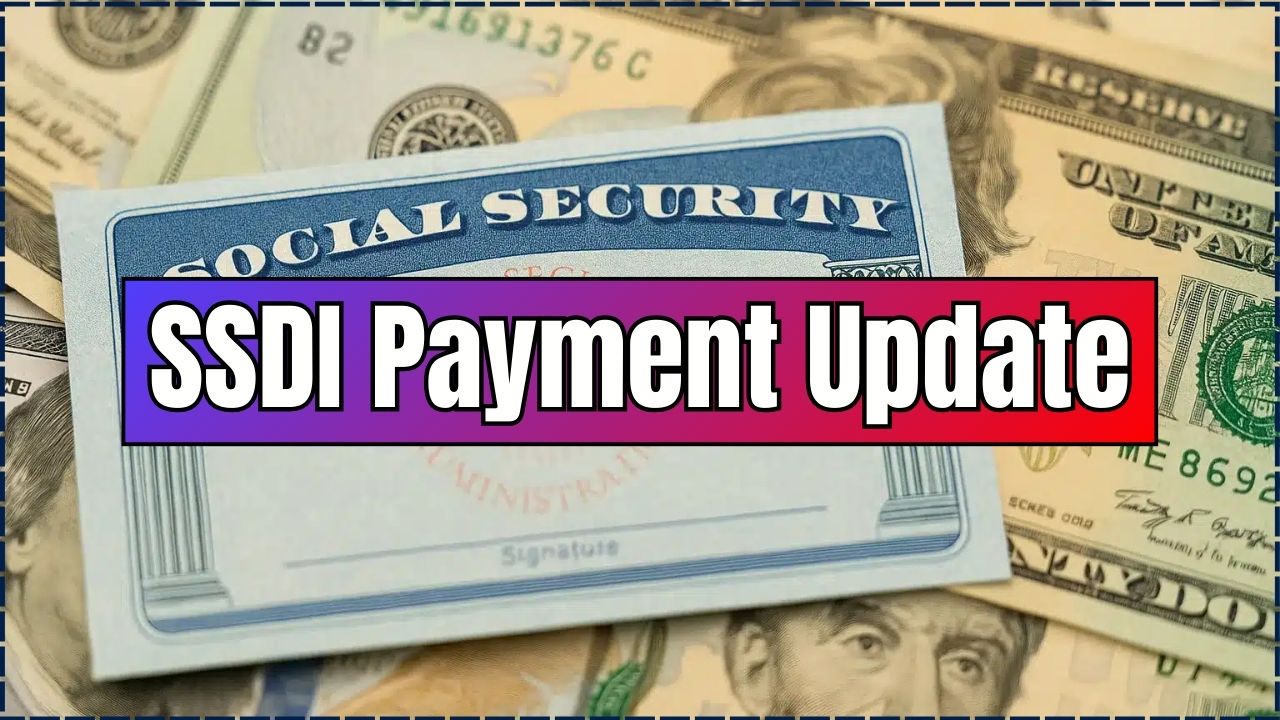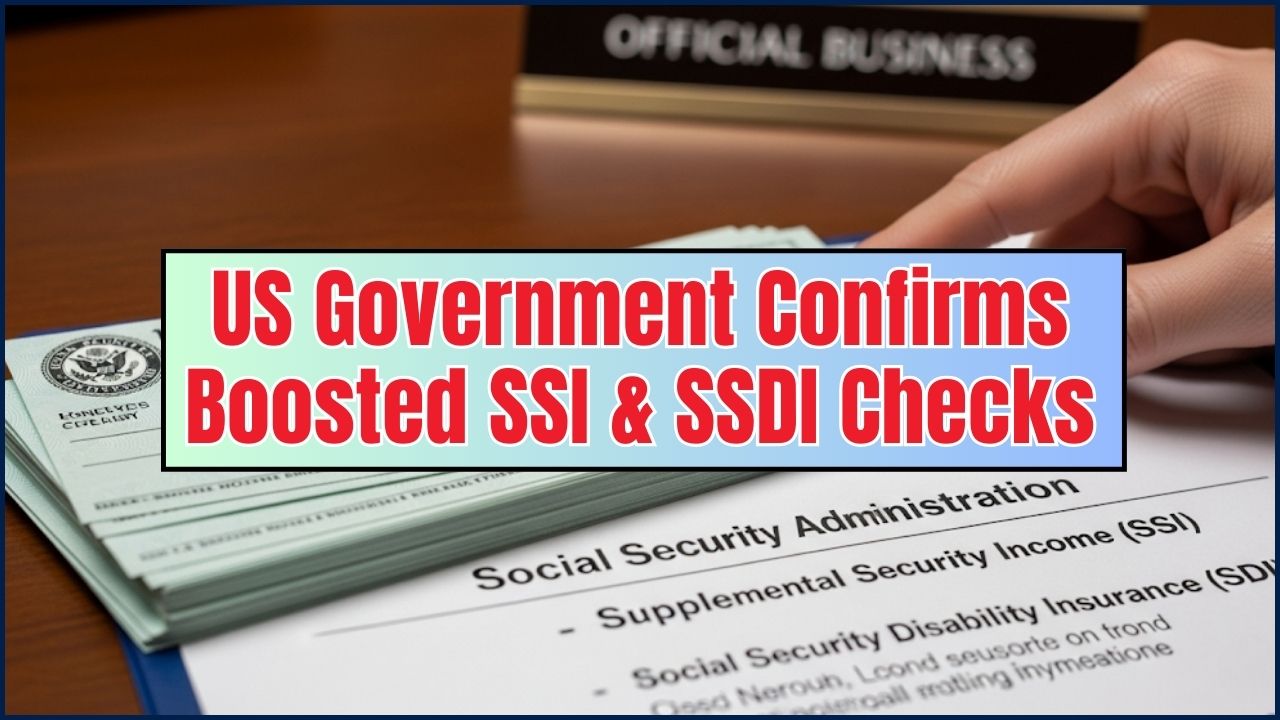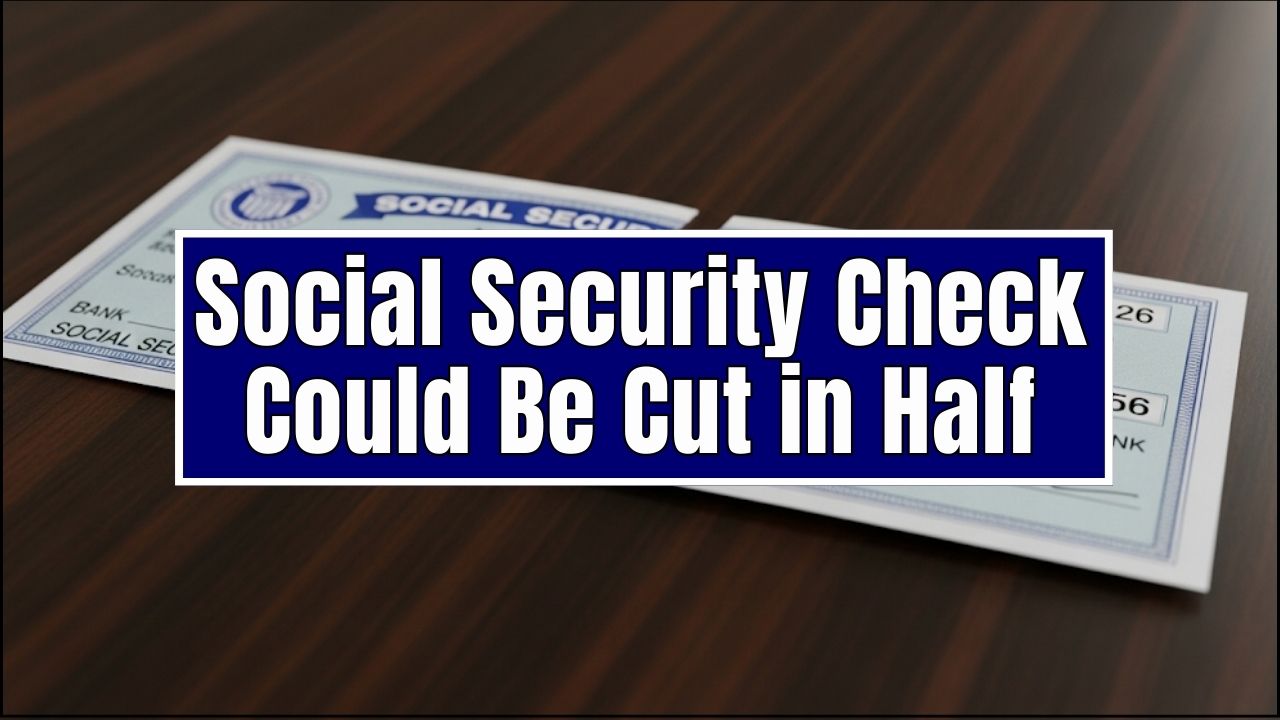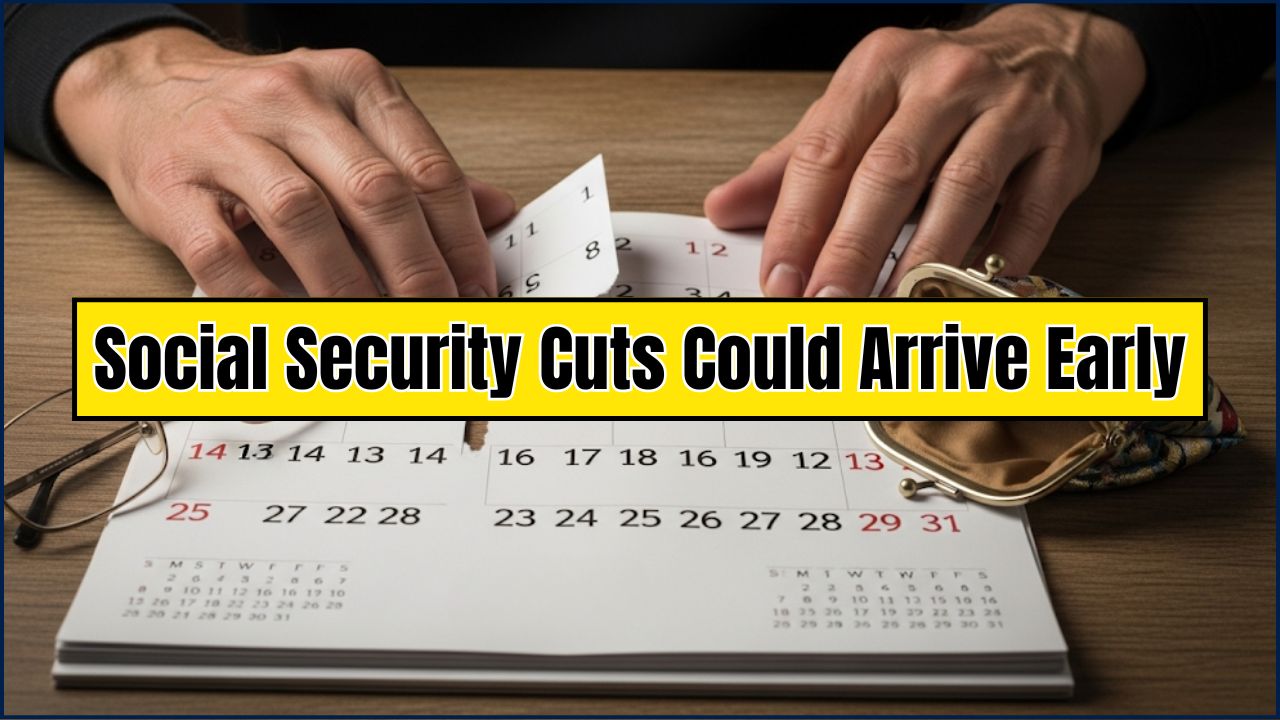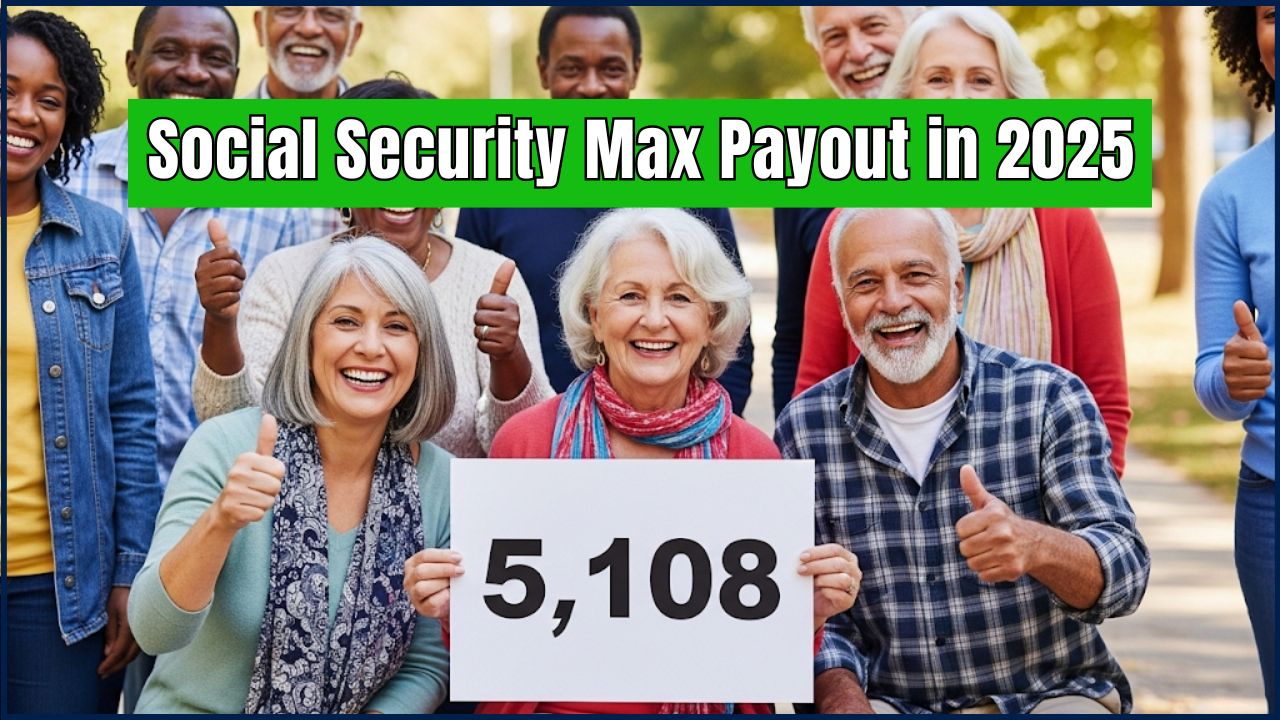When Walmart, the biggest retailer in America, gets slapped with a $5.6 million fine for overcharging customers, you know it’s serious. This wasn’t about a one-off mistake at a single store — we’re talking about systemic pricing errors across California locations that could have cost everyday shoppers millions over time.
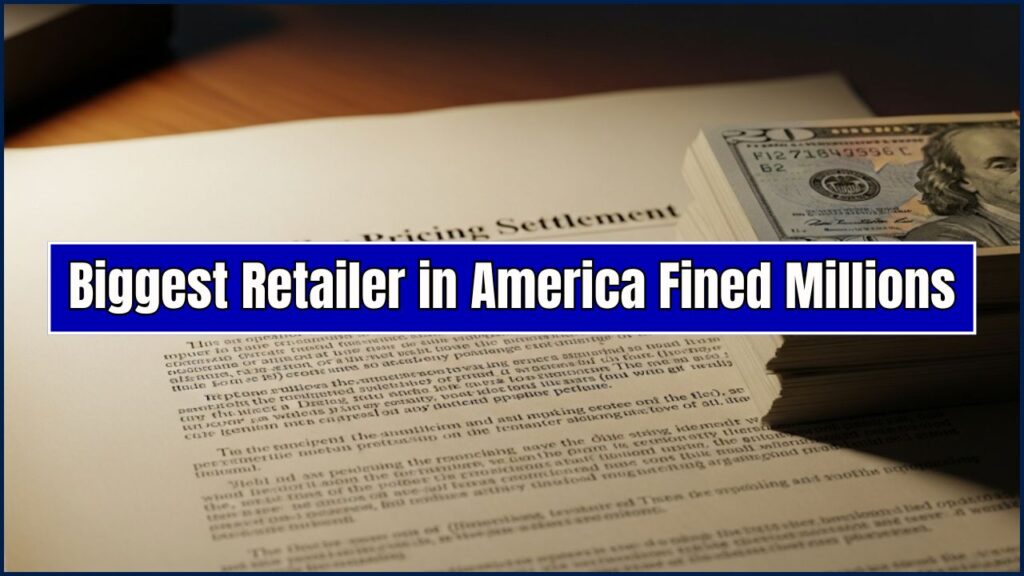
From mispriced produce to baked goods ringing up higher than the shelf tag, California investigators say Walmart’s practices broke the rules. And now, the retail giant is paying the price.
Biggest Retailer in America Fined Millions
| Detail | Information |
|---|---|
| Company | Walmart |
| Fine Amount | $5.6 million |
| States Involved | California (recent case), New Jersey (similar case in 2024) |
| Main Violation | Overcharging customers — items scanned higher than shelf price |
| Settlement Terms | Civil penalties ($5.5M), investigation costs ($140K), mandatory compliance roles in stores |
| Previous Similar Fine | $1.64 million in New Jersey (2024) for unlawful unit pricing |
| Consumer Protection Tip | Always check your receipt and know your state’s scanner laws |
| Official Resource | California Department of Consumer Affairs |
The Walmart $5.6 million fine is a clear reminder: trust, but verify. Even the biggest brands can make mistakes — or let systems slip — in ways that cost customers money.
By staying alert, checking prices, and knowing your rights, you can protect your wallet. And when customers push back, it forces retailers to keep their game tight — a win for everyone who shops.
The Backstory: How Walmart Got Here
California law is clear: if a product scans higher at checkout than the price on the shelf, the store is in violation. The California Department of Consumer Affairs and several county district attorneys launched an investigation after shoppers complained about pricing problems — especially with produce, baked goods, and prepared foods.
The investigation found multiple examples where the register price was higher than the advertised price. In some cases, items sold by weight didn’t match the actual weight — meaning customers were paying for pounds they didn’t get.
Why This Matters for You
“It’s just a dollar,” some people say — but those dollars add up fast.
If 100 customers get overcharged by $1.50 in a single day at one store, that’s $150 a day, or more than $54,000 a year — from just one location. Multiply that across hundreds of Walmart stores in California, and the financial impact is massive.
For families on tight budgets, even small overcharges can mean cutting back elsewhere. And for businesses, consistent overcharging — intentional or not — erodes trust.
What Walmart Says
In public statements, Walmart has emphasized that they strive for accurate pricing and are committed to making improvements. The company did not admit wrongdoing in the settlement but agreed to hire compliance staff in California stores to ensure pricing and weights are correct.
A Pattern of Pricing Problems
This isn’t Walmart’s first brush with pricing trouble:
- June 2024 — Walmart paid $1.64 million in New Jersey for “unlawful unit pricing,” where per-unit costs on shelf tags didn’t match reality.
- Other Big Names — Kroger, one of the largest grocery chains, was recently investigated for expired sale tags and price mismatches in 14 states.
- Historical Example — In 2014, Target paid out after a Minnesota audit found scanner errors on hundreds of items.
Why Pricing Errors Happen in Retail
Even with modern systems, mistakes occur because:
- Frequent price changes (especially with sales and weekly ads)
- Human error when updating shelf tags
- System glitches between corporate price updates and store registers
- Weight discrepancies from scales not being calibrated properly
While not every error is intentional, the law doesn’t care — retailers are responsible for accuracy.
Shelf Price vs. Scanned Price
| Scenario | Shelf Price | Scanned Price | Your Action |
| Correct Pricing | $5.99 | $5.99 | Pay and proceed! |
| Overcharge (You Caught It) | $5.99 | $6.99 | Politely point out the discrepancy to the cashier. Many stores have a policy to give you the lower price, or even give you the item for free. |
| Overcharge (After You Left) | $5.99 | $6.99 | Keep your receipt! You can bring it back to customer service for a refund of the difference. |
| Undercharge | $6.99 | $5.99 | While you aren’t legally required to say anything, the store can legally ask for the higher price before you pay. Most of the time, they will honor the scanned price, which is a nice win for you. |
Practical Advice: How to Protect Yourself from Overcharging
1. Check the Shelf Price Before You Grab It
Look closely at the label — especially for produce, meat, and sale items. Snap a photo if needed.
2. Watch the Screen at Checkout
Catch errors as they happen. Politely point them out before you pay.
3. Review Your Receipt Immediately
Don’t wait until you get home — it’s harder to resolve later.
4. Know Your State’s “Scanner Laws”
In Michigan, for example, you can get a bonus payout up to $550 if overcharged.
5. Keep It Polite but Firm
Customer service is more willing to help if you stay calm and clear.
Shopper’s Toolkit: Beat the Overcharge
- Use store apps — Some allow you to scan items yourself before checkout.
- Keep a mental running total — You’ll notice if the final bill seems high.
- Save your receipts — Even for small trips; they’re your proof.
- Report errors — Call your county’s Weights and Measures office.
- Follow settlement updates — Sometimes, class actions do issue refunds later.
Top 3 Mistakes to Avoid
- Mistake #1: Not Checking Your Receipt: It’s easy to just grab your bag and go, but the checkout is the last line of defense. Take a moment to glance over your receipt and compare a few key prices with what you remember from the shelf.
- Mistake #2: Not Speaking Up: Don’t be shy! If you notice an incorrect price, politely let the cashier know. They are usually more than happy to correct the mistake.
- Mistake #3: Assuming It’s a One-Time Thing: While a single mistake can be an accident, repeated errors at the same store might signal a bigger issue. Consider reporting it to your local consumer protection agency if you see a pattern.
How Common Is Overcharging?
The National Institute of Standards and Technology (NIST) reports that in random audits, about 2% to 4% of items in major retail stores ring up at the wrong price. That might sound small, but in a store with 50,000 products, that’s potentially 1,000 to 2,000 items mismarked at any given time.
FAQ
Q: Will I get money from this settlement?
A: No. The money goes to the state for penalties and compliance improvements.
Q: Is Walmart admitting guilt?
A: No. Walmart agreed to the settlement without admitting wrongdoing.
Q: Can this happen elsewhere?
A: Absolutely. Overcharging issues have popped up in multiple states.
Q: How do I report it?
A: Contact your local Weights and Measures office or your state’s consumer affairs department.
